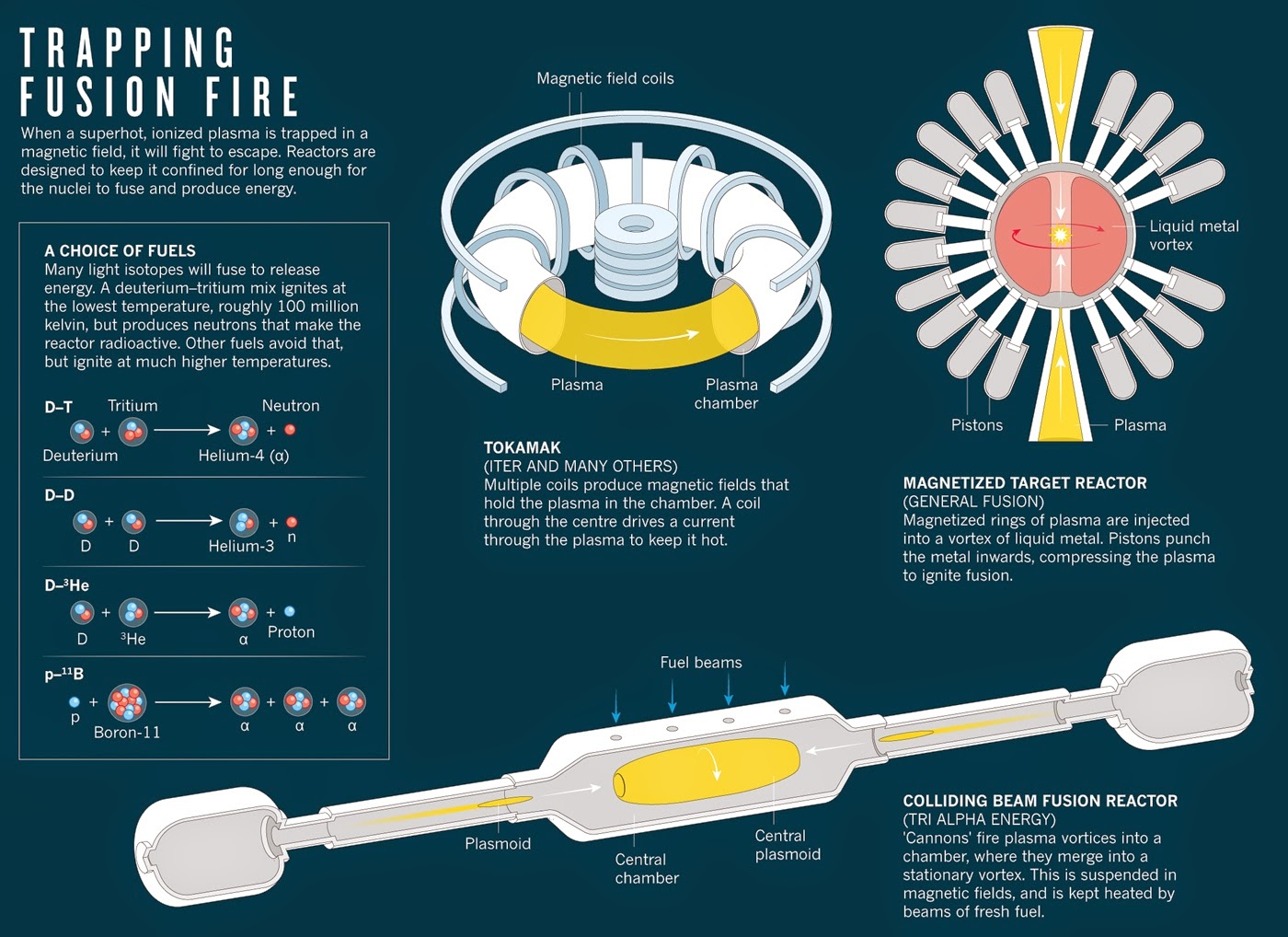The role of the big tubes leading to the central chamber is never properly specified.
The central chamber is about the same size in all the props and all the diagrams, that is, as big as the setbuilders/propmakers can manage, which is about the size of a washing machine. What goes in there, in the TNG model at least, is the dilithium crystal - and sometimes this is a big "raw" lump, served on a plate like a turkey (TNG "Skin of Evil"), even though we may assume smaller shards of dilithium may also work; supposedly, only one facet of a crystal is in actual use at any given time. Yet the lump doesn't get pre-shattered into more manageable parts but is served whole, so perhaps the idea is that the unused parts "ripen" in the chamber while one facet is in use?
Presumably, it wouldn't do to build significantly smaller chambers, then, or one couldn't ripen the biggest natural lumps and there might be losses. Runabouts and the like would skip the ripening part, but starships would want to reserve that option for greater operational independence or whatever. OTOH the lumps probably don't come much bigger than the one seen in "Skin of Evil".
But the upper and lower tubes that dictate the overall size of the modern core? They're said to be mere injectors of matter (usually from above) and antimatter (below). There's no suggestion that those streams should be "accelerated", with longer-is-better accelerators. But there's a suggestion that the streams need to be shielded by those big glowing doughnut things (obvious for antihydrogen, less so for hydrogen) - one'd think the engineers would try and minimize something like that.
On the other hand, the performance of Archer's NX-01 improves with the acquisition of better "injectors" for the reactants, so perhaps the tubes are involved in the injecting and work better when longer?
IMHO, the pulsing of lights along the doughnut tubes is the sign of a peristaltic, that is, pulsating-like-a-boa-eating-apples, forcefield (may be simple electromagnetic, may be more futuristic and fantastic) that feeds the reactants in manageable bursts at a fairly sedate pace, that is, apace with the light show. Longer tubes carry more of the lumps at a time, again "ripening" them as they approach the chamber (forming the more carefully managed shapes and quantities, the longer they spend in the tube), which is why engineers want a certain minimum length. But that's just IMHO.
Of course, some warp engines seem to work fine without these pulsating tubes. And small craft are seldom suggested to have miniature versions of the big starship cores. Instead, the shuttle diagrams show flat pancake shapes if anything at all, and non-Feds and civilians have their own odd shapes.
Timo Saloniemi



